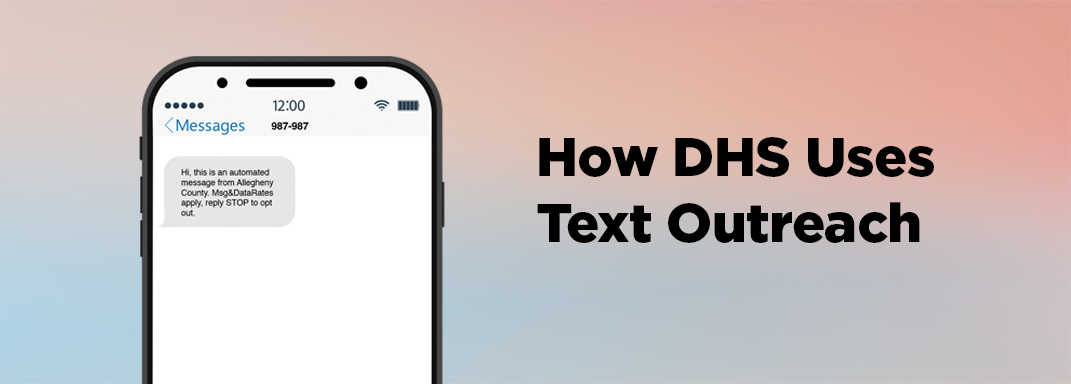Parental overdose fatalities have adverse and lasting effects on children’s mental health – heightening the risk of depression, anxiety, post-traumatic stress disorder and suicide. However, there are no federal or state data systems currently link parental overdose deaths to their children, limiting our ability to understand outcomes for this group and provide timely, targeted support as needed.
This report presents insights drawn from Allegheny County’s integrated data system, which links parents to children and allows us to examine service involvement overtime. We find high rates of service involvement that are related to parent’s long histories with substance use. This includes high rates of parental child welfare involvement in the years prior to their overdoses, histories of non-fatal overdoses and high rates of criminal justice system involvement. For children, we find decreasing interaction with child welfare and no increase in justice or crisis behavioral health system interaction for children and youth after parental death. Children and youth do experience increases in outpatient mental health care in the 9 months following parental death, falling and returning to baseline within 18 months—demonstrating the resilience of these children and youth.
Key Takeaways
Scope
From 2016-2023, there were 1,694 parents who died of an overdose, leaving behind more than 3,500 children – an average of 447 children per year.
Demographics of the Children
- The most common age group at the time of parental overdose was 13-17 (25%), but half were under 13 at the time of their parent’s death and 14% (503) were under five.
- Although most of the children (63%, 2,223) were White, Black children disproportionately lost their parents.
Parent’s System Involvement
- Although most had no child welfare involvement at the time of death, many had prior contact, with most first entering the child welfare system more than four years before the fatal overdose. Child welfare is a sign of broader high-risk behavior but is not temporally correlated to a fatal overdose.
- Most of the parents were heavily connected to other systems and there is evidence of challenges with substance abuse for many years prior to the death.
- More than half of parents received substance abuse treatment services in the 12 months before their death.
- A quarter had a prior non-fatal overdose, with more than half having one in the 12 months before their death.
- Seventy percent had a prior jail booking and more than quarter had one in the year before their death.
- One in 5 used an emergency homeless shelter or were involved with street outreach in the past.
Children’s Service Involvement
- We do not find evidence of long-term increased system interaction post parental death
- Most children had no connection to human services in the year before or after their parent’s death, and interaction with most services stayed consistent pre- and post-death.
- The rate of involvement in child welfare fell by almost 30% in the 3 years after parental death compared to the 3 years before.
- About 5% of youth were involved with the juvenile justice system each month, with no increase in the three years after parental death.
- The exception is in mental health outpatient treatment services. Compared to other Medicaid-enrolled children and youth, this group used these services at more than double the rate before and after their parents death.
- We observe an increase in involvement in the nine months after their parents death, suggesting that children and youth receive increased support in the immediate aftermath of their parents death.
- After 9 months, involvement returns to ‘pre-death’ levels, suggesting that this increased need may not persist long-term
How DHS Uses This Information
DHS uses these data to:
- use public funding — such as opioid settlement funds — responsibly and equitably to provide care and support to those most in need.
- strengthen intervention strategies aimed at supporting the wellbeing of children and families.
- promote transparency and build shared understanding around child bereavement and parental overdose fatalities.
- surface a critical gap—linking parental overdoses to bereaved children — in human service work and systems.
What’s Next
Allegheny County will receive annual installments of opioid settlement funds (OSF) through 2038. Settlement dollars augment annual HealthChoices and Block Grant funds for behavioral health treatment and supports to help county residents. These are the current and upcoming ways DHS plans to use investments and collaborate with community partners to prevent and reduce substance use harm and fatalities in the community:
- Expanding Early Head-Start Child Care for children impacted by substance use
- Launching a County-wide campaign to promote safe medication storage and offer guidance on naloxone (Narcan) use for households with small children
- Improving school-based assistance for children impacted by substance use
- Increasing medication for opioid use disorder (MOUD) availability, including in the Allegheny County jail
- Creating warm handoffs to treatment from emergency departments, to facilitate rapid referrals to treatment for patients with SUD.
- Testing innovative strategies, such as contingency management (i.e., offering rewards when individuals achieve specific milestones or behaviors related to recovery), for stimulant addiction (e.g., cocaine, methamphetamine)
- Gathering continued input from the community to identify the most effective ways to support families and children affected by overdoses
These current and upcoming efforts aim to deepen DHS’s understanding of community needs and ensure the use of public funds strengthen community wellbeing.
Questions or Feedback?
We welcome your questions and suggestions. To share feedback, you can reach us at DHSResearch@alleghenycounty.us. If you’d like to stay informed, consider signing up for our newsletter. To learn how to use DHS data in your research, please visit our Requesting Data page. Thank you for your time and interest. Your engagement helps shape and improve how we share data that matters.









